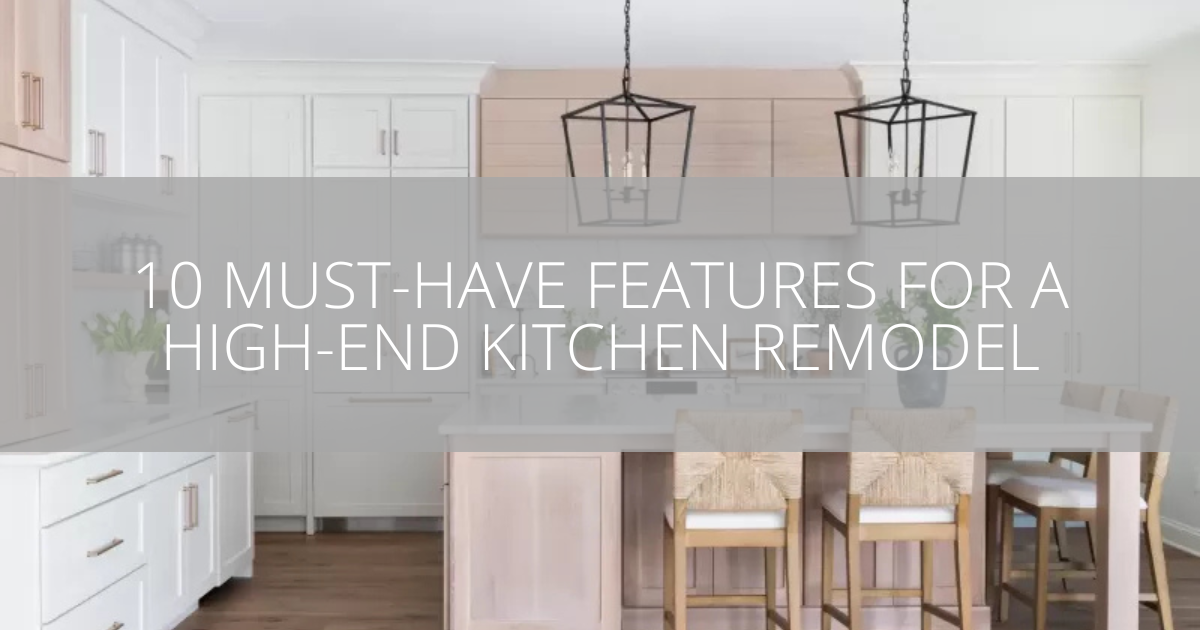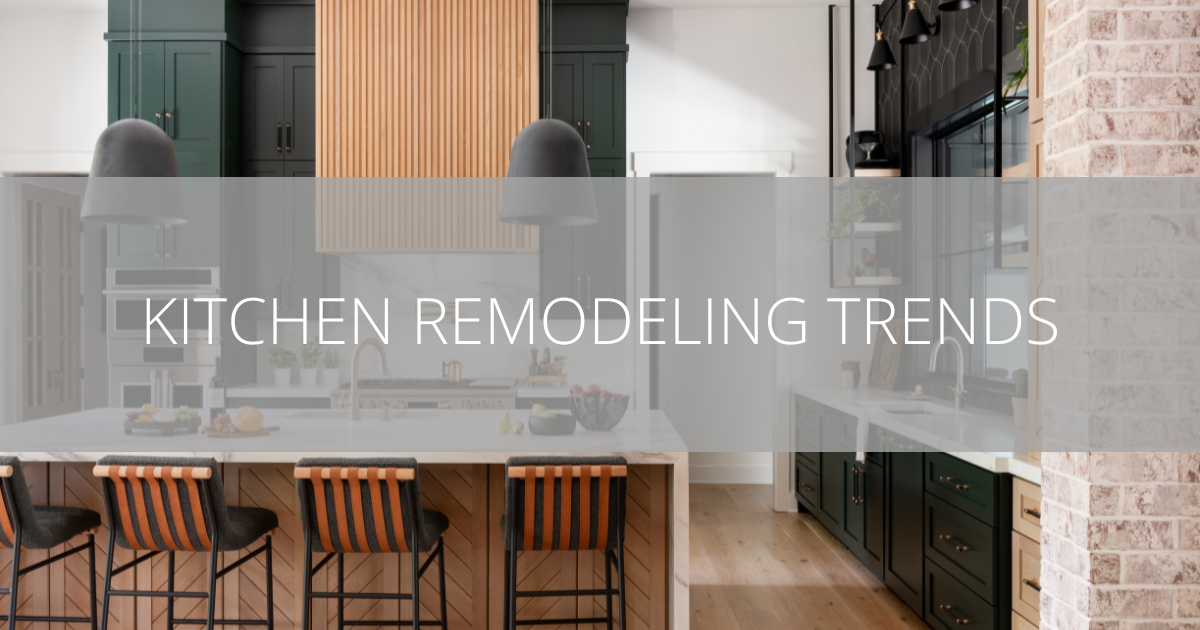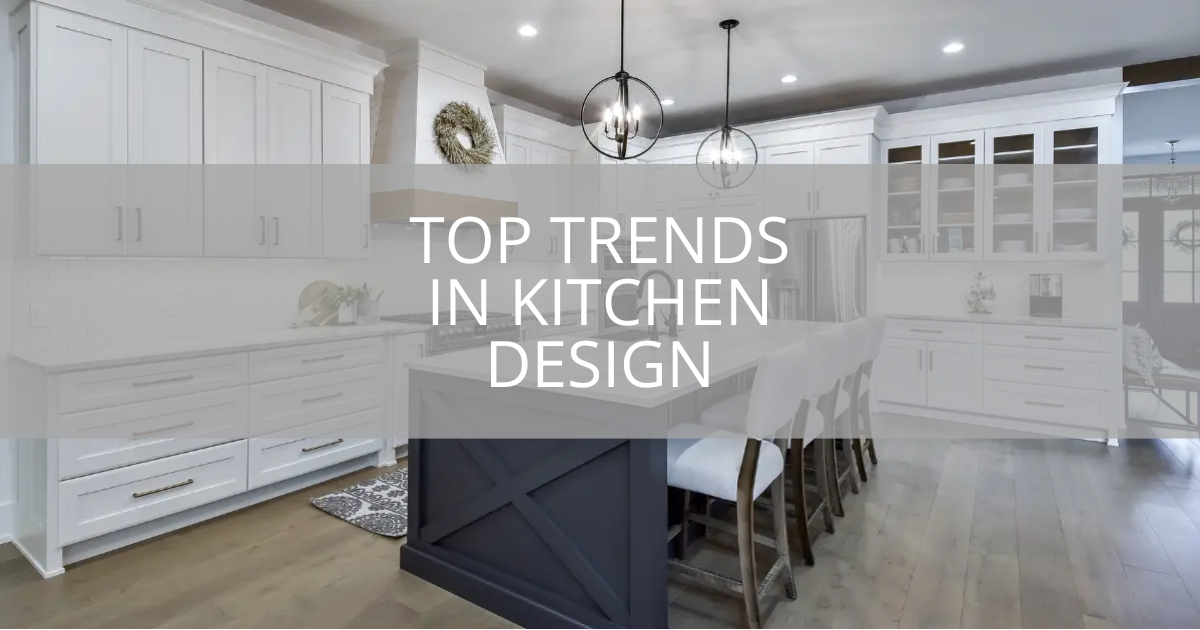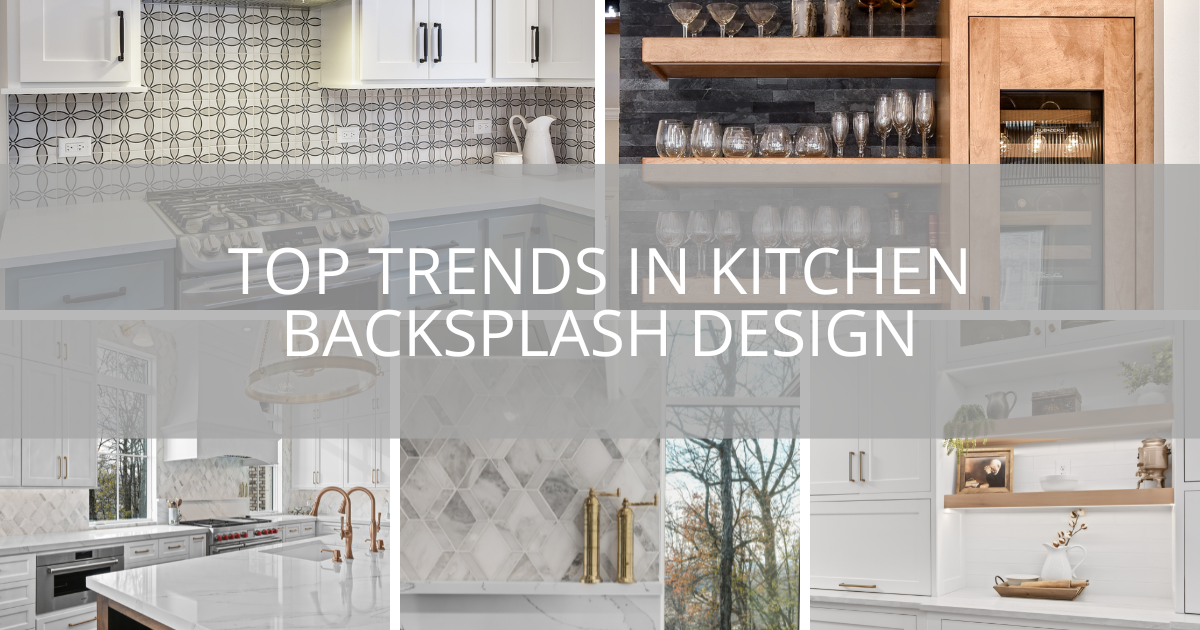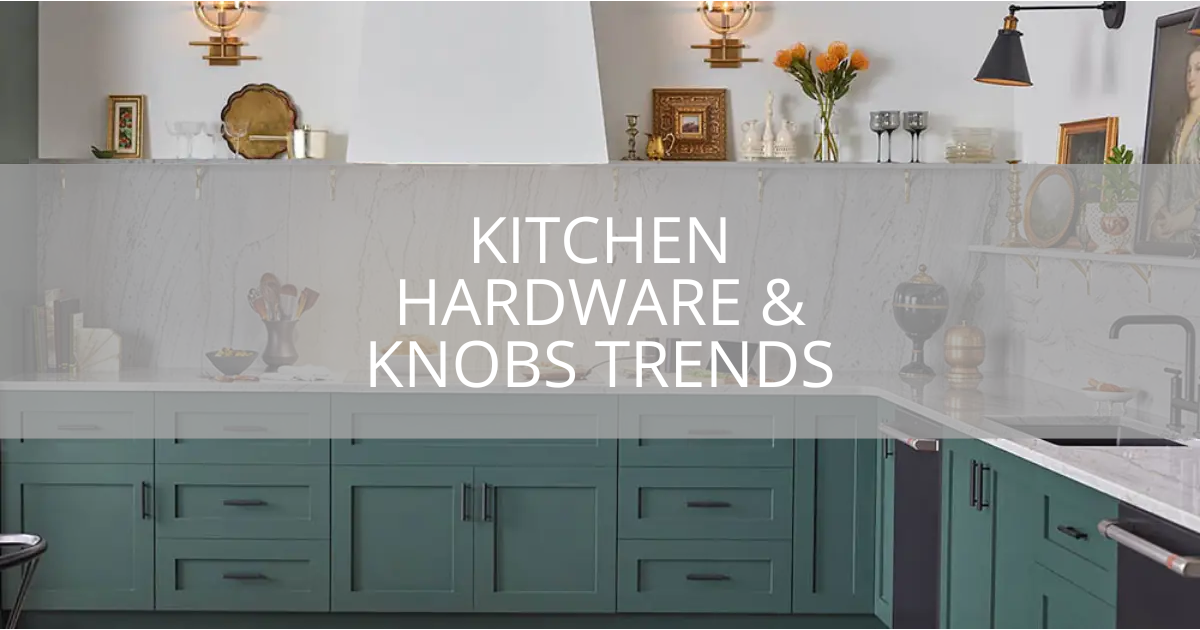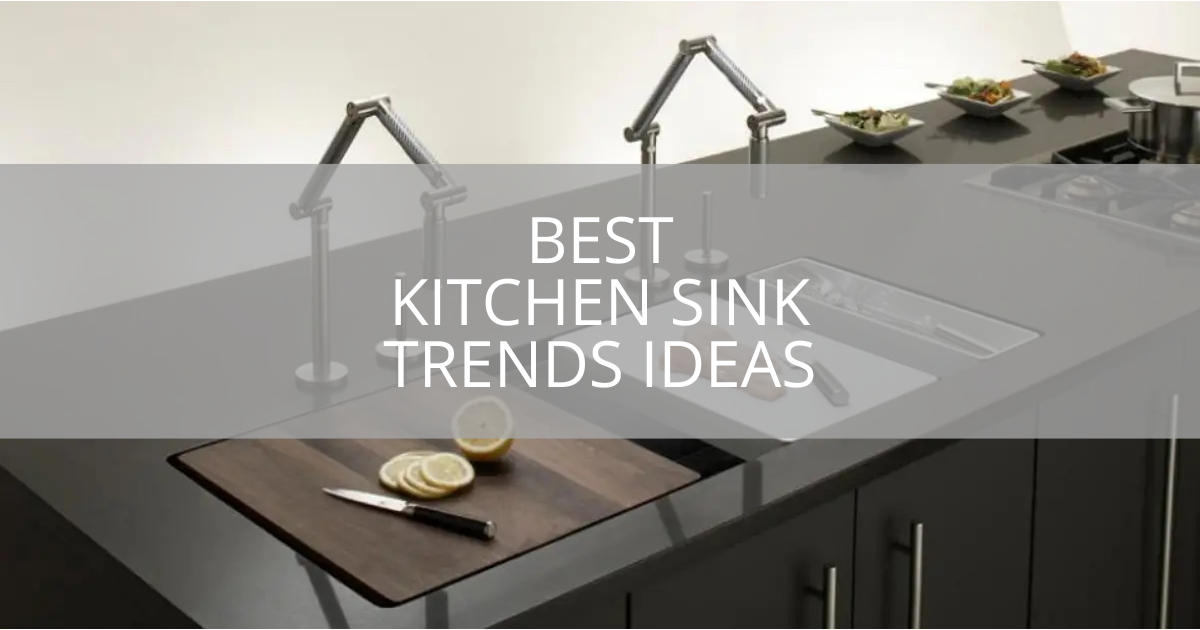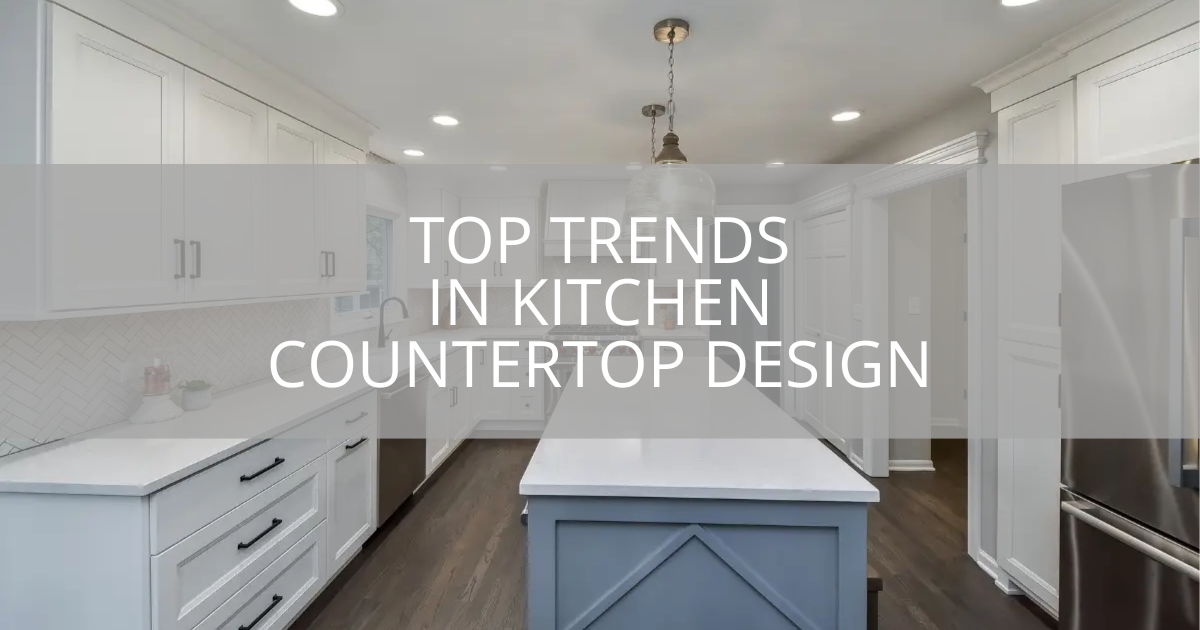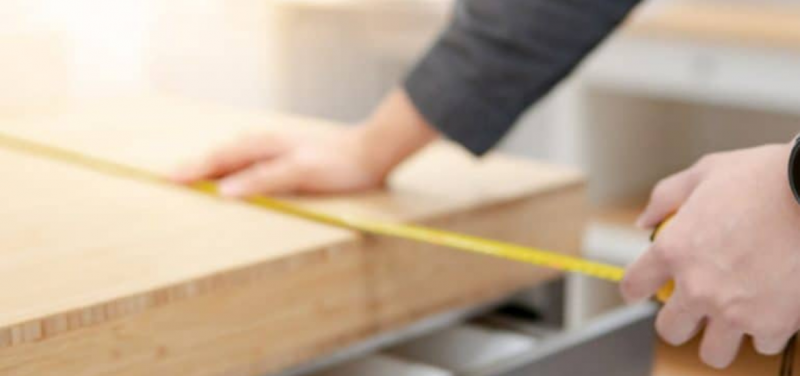
Featured Image: HomelyVille
The depth of a kitchen countertop differs for the bathroom. The basic rule is choosing a sensible countertop depth. It should neither be way too narrow for the storage nor too wide that the area goes to waste. Broader than the average kitchen or bathroom countertops make the region across the wall unreachable and, hence, useless. Check out this post about standard kitchen counter depth to know your options and better understand the reasons for the ideal countertop depth.

Kitchendesign Centre
Planning your kitchen renovation is half the effort of building it.
Are You Planning Your Kitchen Renovation?
Among the first things that you must think about as a new kitchen owner is a countertop. To start, you will have to select the kind of countertop, although having the standard kitchen counter depth is equally as vital. But what’s the regular countertop depth?
You will have to choose the appliances, the color of your respective kitchen to install the design or the tiles, and the countertop type and color. With this also comes the desire to select the depth of the countertop. Whether you’re working with an old kitchen or you’re creating one from scratch, you have to know more about the average countertop depth.
But countertops aren’t just present in kitchens. We will also find them within the bathroom, and you will find standards that are different when it involves the level. Perhaps you’re simply wondering about the setup process, or maybe you would like to understand the regular countertop depth as you’re installing yours.
What Is Countertop Depth?
First off, what is countertop depth?
Countertop depth describes the distance between the front side of the countertop on the back of the countertop. This is a measurement from the edge of the countertop to the wall behind the kitchen counter to be much more accurate.
The countertop depth becomes crucial as you attempt to produce a comfortable enough kitchen to work in. Every owner can make their own decision when it comes to countertop level, but there are a few common measurements, or regular countertop level that we can adhere to.
The standard kitchen counter depth is 24-25 inches, though that’s in no way a rule. We can continue to customize it to our very own requirements and taste.
Countertop depth describes the measurement from the front side of the countertop on the back of the countertop. This measurement spreads from the wall behind the kitchen counter to the edge.
What’s the regular countertop depth, width, and height for a kitchen? Are you planning to make a new kitchen, or perhaps renovating a current one? Among the most vital considerations will be the kitchen counter dimensions. It is crucial that you understand the typical counter depth and the standard level and width.
So what’s the regular depth of a kitchen countertop? The normal counter depth of a kitchen countertop is 24 inches. This measurement could be customized based on how tall you are, as well as your reach. Counter-depth may, in addition, be customized based on the level of the cabinet, appliances, and backsplash in the home.
It will be an oversight to stay within the example of some homeowners who simply choose a one-size-fits-all counter. This approach generally ends in a kitchen counter which won’t satisfy your requirements.
Understanding the standard kitchen counter depth can help you select the size to best suit your budget and needs.
Continue reading to get all of the info you need about the standard kitchen counter depth, width, and height.
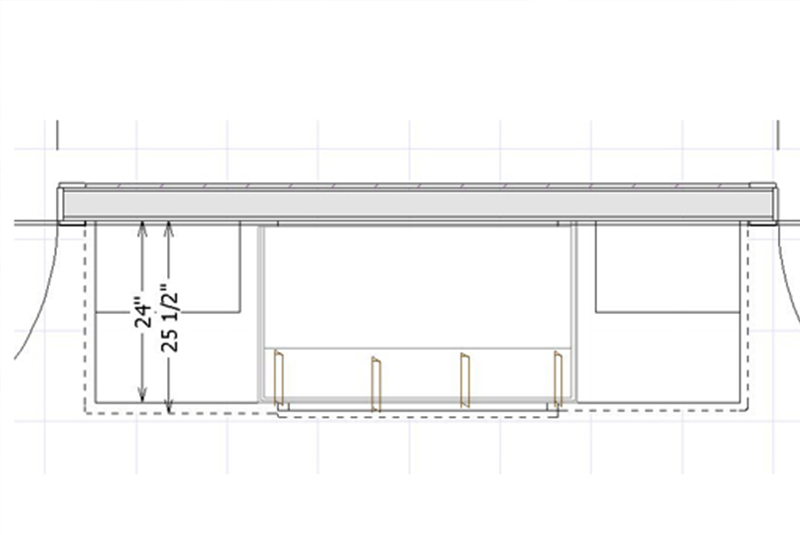
Sebring Design Build
Standard Kitchen Counter Depth, Width, And Height
How wide are kitchen counters? The standard kitchen counter depth is 24 inches, and that is the level of many kitchen countertops utilized in the United States. Nevertheless, the countertop level may, in addition, vary, based on your size and kitchen appliances.
Cabinets are generally 24-inch deep, while the cabinet doors are ¾-inch thick approximately on the kitchen countertop from its edge on the front to the wall is approximately 25½ inches. Furthermore, the distance from the countertop’s surface area to the foundation of the shelves or top cabinet ranges from 15 to 20 inches. The counter somewhat overhangs the cabinet doors.
Countertop depth refers to the distance between the backsplash or back wall and the front edge of the countertop. The conventional countertop level is 24 to 25 inches. Put simply, it is the measurement that spans the distance through the front edge of the countertop up to the back wall.
Nevertheless, the actual kitchen counter depth will vary according to the depths of your respective kitchen appliances. Additionally, you have to think of your size, primarily your height, when selecting the proper counter depth.
If you’re particular about harmonizing all of the items inside your kitchen, you need to consider buying a counter-depth refrigerator. These kinds of refrigerators have depths that are the same as the standard kitchen area countertop depths.
Standard Kitchen Counter Depth Height And Width
As for the countertop height, the standard established by the Kitchen Cabinet Manufacturers of America is 36 inches. This level features all of the components of the countertop, like the toe kick, cupboard, as well as its thickness.
There’s no regular length of countertops as it is going to depend on just how long your kitchen area is from end to end. But the most typical lengths of countertops within the kitchen are 8 feet, 12 feet, and 10 feet. These lengths work effectively with the standard counter depth of 24 inches.
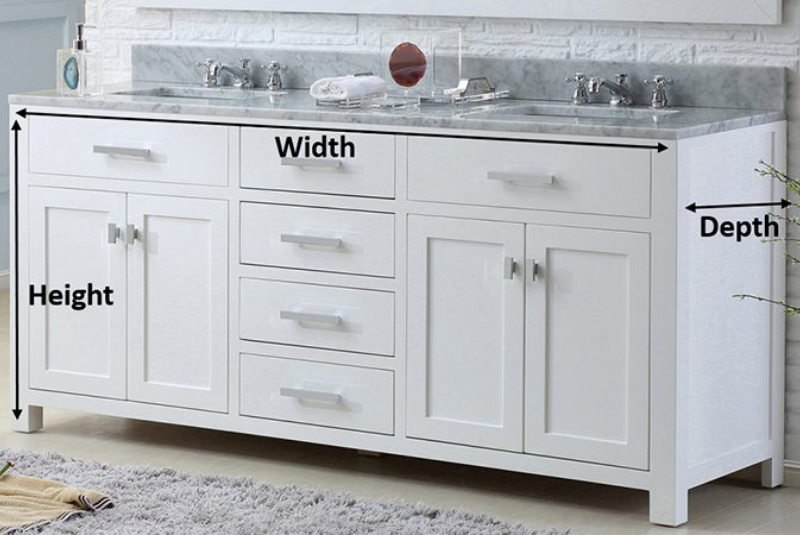
Hayneedle
Height, width, depth—measurements that shouldn’t be left out when planning your kitchen.
Bathroom Countertop Dimensions
Since 24 inches is the regular level of the bulk of kitchen countertops, meaning most families could get to the back of the countertop. As an additional note, the size of kitchen countertops will vary from the size of bathroom countertops.
What is the standard bathroom counter depth? Bathroom counters have smaller dimensions. Typically, they’re narrower because people usually lean throughout the counters while looking at their faces in the mirror. Thus, bathroom counters are generally from 19.5 to 22.5 inches deep.
What Is The Standard Kitchen Counter Depth?
The conventional level for kitchen countertops is 24 inches deep. While you can have a deeper countertop, countertops that span greater than 25.5 inches deep have huge quantities of wasted space. Getting a regular level countertop won’t just look great but is going to help you take full advantage of your space.
What’s The Conventional Depth Of A Bathroom Counter?
As stated, the regular depth for countertops within the bathroom will be different from which of kitchen countertops. Standard bathroom countertops are between 19.5 to 22.5 inches deep. This could also change based on different factors, but like kitchen countertops, the regular level of bathroom countertops will aid you to maximize space.
What’s The Regular Depth For Kitchen Island Countertops?
Although it’s within the exact same space, the regular level for kitchen island countertops differs from which of kitchen countertops. The regular depth for a cooking area island (w/o a breakfast bar) is 27 inches deep. This level of a countertop that has a breakfast bar will differ based on the dimensions of a breakfast bar.
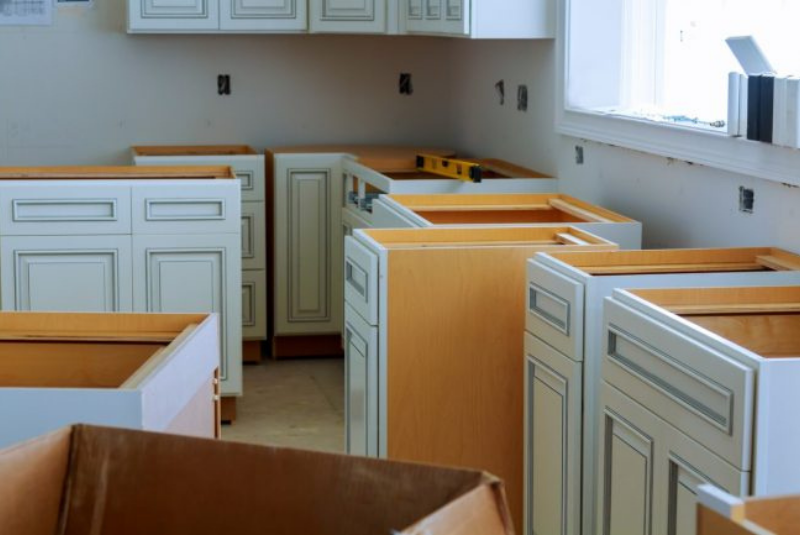
Bobvila
It all starts with proper planning: Gorgeous kitchen cabinets ready to be installed.
What Factors Determine The Standard Kitchen Counter Depth
There are some factors that determine these common depths. The primary element is the dimensions of the base cabinets. In the cooking area, the countertop depth of 25.5 inches allows for an adequate amount of a difference to help make the cabinet drawers or doors accessible. Typically, kitchen cabinet depth is going to be 24 inches deep. Meanwhile, inside the bathroom, the standard format countertop depth of 19.5 to 22.5 inches deep represents a distinction of 1.5 inches from the base cabinets, which ought to be 18-21 inches deep. This 1.5-inch difference is adequate to have the cabinets accessible.
Along with cabinet sizing, the Americans With Disabilities Act Accessible Guidelines suggest that the counters should have no less than 30 inches of accessible room, with the countertop between 28 and 34 inches tall along with no less than 27 inches knees clearance below. This will make the area accessible for wheelchair visitors.
Countertop depth may vary based upon what room the surface is in and how big the base cabinets are. Generally, your countertop level must be 1.5 inches over the level of the base cabinets. Keep this info in mind when putting in new countertops in your house.
If you are fortunate enough to be planning a kitchen renovation, you will need to know the regular countertop dimensions. Kitchens generally experience the one-size-fits-all malady of not being perfect for everyone. Knowing standard countertop height and depth is able to provide you a terrific starting place for how you can adapt and also personalize the room to meet up with your needs, particularly when preparing the kitchen of your dreams.
Standard Kitchen Counter Depth And Dimensions
Kitchen counters and bathroom counters have unique dimensions. The countertop business has to begin someplace for promoting items to a wide market, and also that “somewhere” is definitely the linear foot by which they offer their countertops. Moreover, a linear foot is 12 by 25 inches, in this particular situation, since the regular counter depth for kitchens is 25 inches. This level means most people easily get to the back of the countertop. Bathrooms have narrower and smaller counters, particularly since individuals will lean over them to examine their face regularly; they measure between 19.5 & 22.5 inches deep.
For height, the Kitchen Cabinet Manufacturers of America decides that the work surface area in kitchens ought to be 36 inches high, like the countertop thickness, cupboard, & toe kick.
Standard Dimensions Versus Ergonomics
Increasingly, day-to-day chores are now being identified for the amount of strain they put on our lives. Whether it is establishing a work table or developing a new kitchen, learning how to fit things to match your body is able to make a big difference in the toll it requires in the months and years ahead. All that chopping, cleansing, as well as prep work is able to make for sore shoulders & other body strains if your kitchen does not measure up to your body.
For kitchens, when standing directly in front of the countertop with elbows on your side and bent to 90 degrees for chopping and other things, the work surface should be three to four inches below your hands. Anything smaller, and you will be stooping all through food prep, something virtually all six-footers find being a great pain. In case you knead bread, move out dough, or even do different physical tasks involving leaning in the work a bit, then its own surface of approximately eight inches below the bent elbow will be best.
For cooktops, preferably, they will be five to six inches under bent elbow level, and this is for “safety first” to help make certain sizzling oils are just a little farther from your face.
Modifying Counter Height And Depth
Accessibility and ergonomics are definitely more critical than they have been. While getting a nonstandard kitchen might prohibit several customers from becoming enthusiastic about a house, it might allow it to be much more appealing to others. Wheelchair users, for example, find an accessible workspace that has no less than three feet of knee room underneath the countertop, so they can move up and secure chopping.
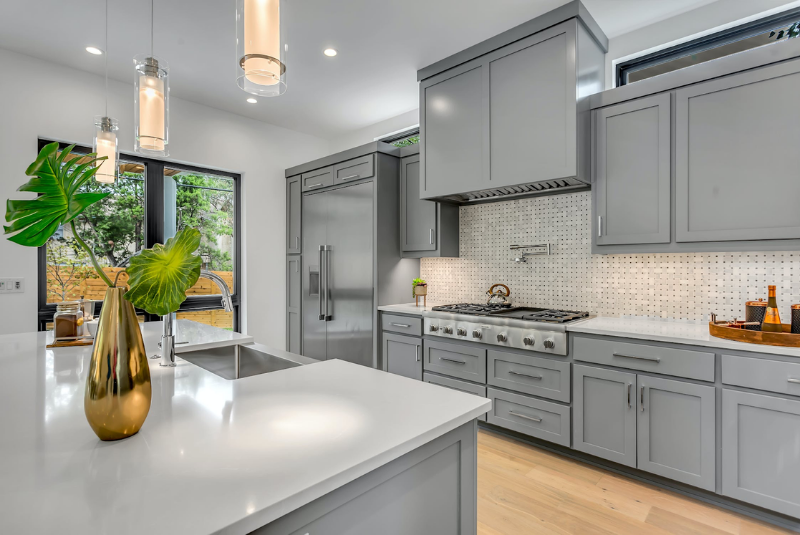
My Charmed Mom
Classy and sophisticated gray kitchen.
Some Other Considerations
A kitchen is really the sum of its components, and there is no sense finding an excellent countertop execution if you have failed to look at other practicalities and appliance dimensions. You will have to find out what devices are going to be in your kitchen area and where. Outlets are going to impact where appliances are able to sit, which will impact the way your workplace plays out.
If you choose to create your kitchen counter greater, be mindful that customizations might influence the cabinet’s performance with opening doors and drawers. Be certain you are thinking about the kitchen as a whole—and also considering all those very long time you will invest in preparing glorious feasts—when you think about your countertop dimensions and cabinet options. We hope this helps you with your renovating decisions!


